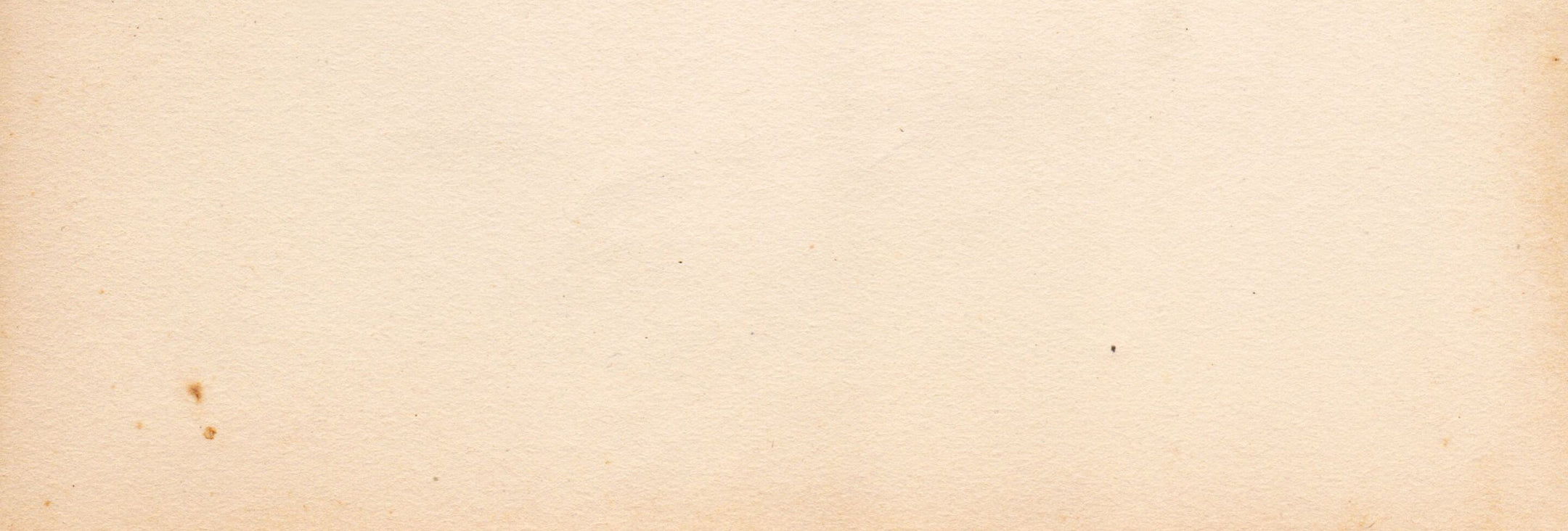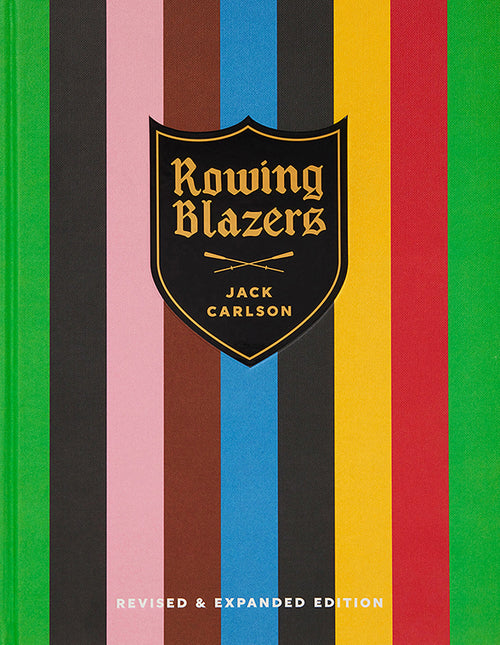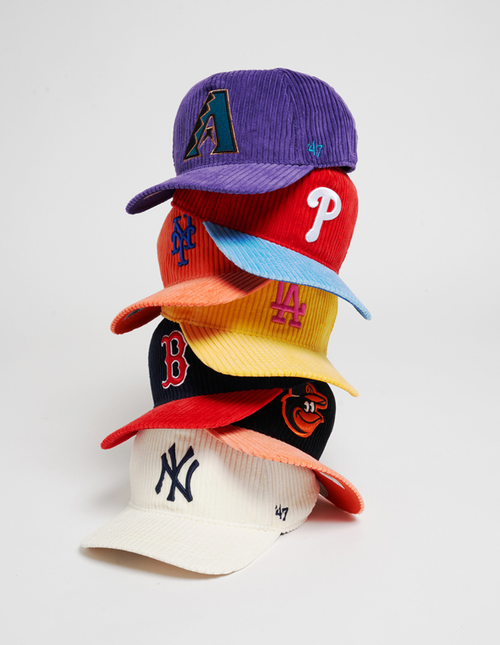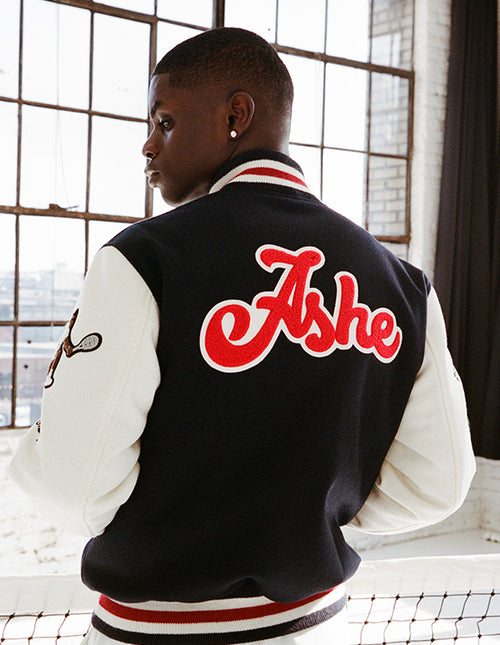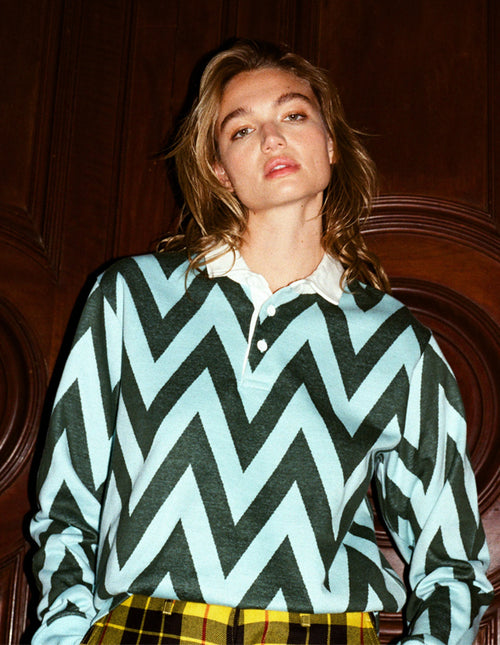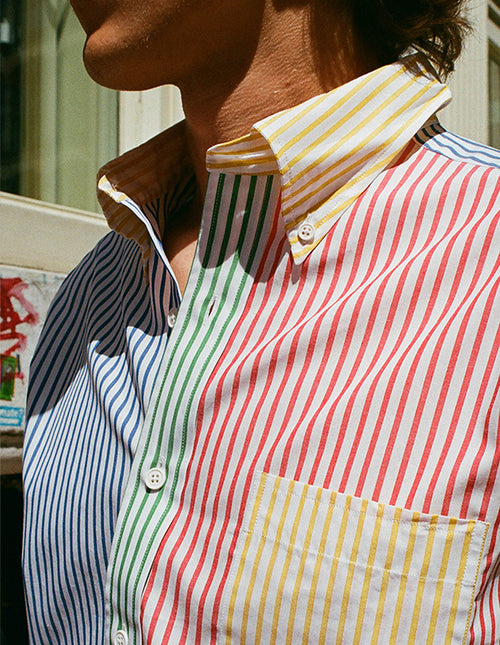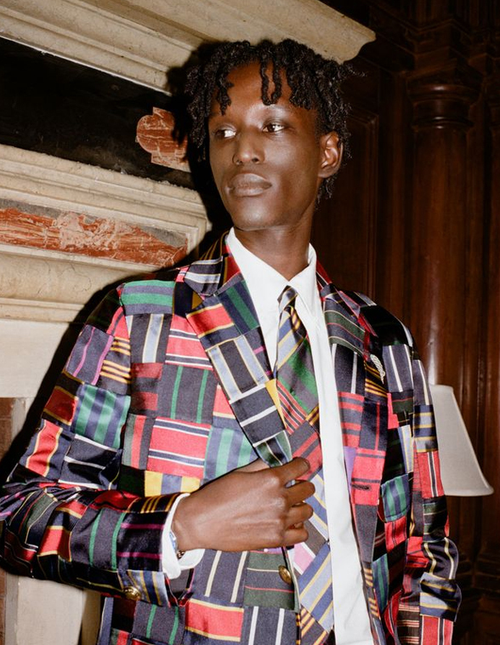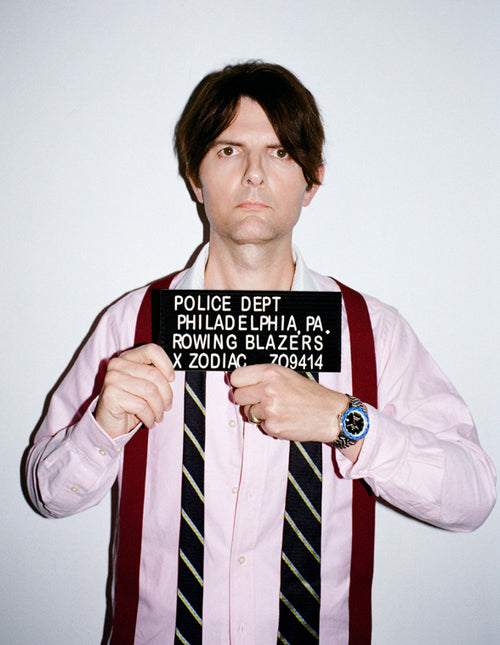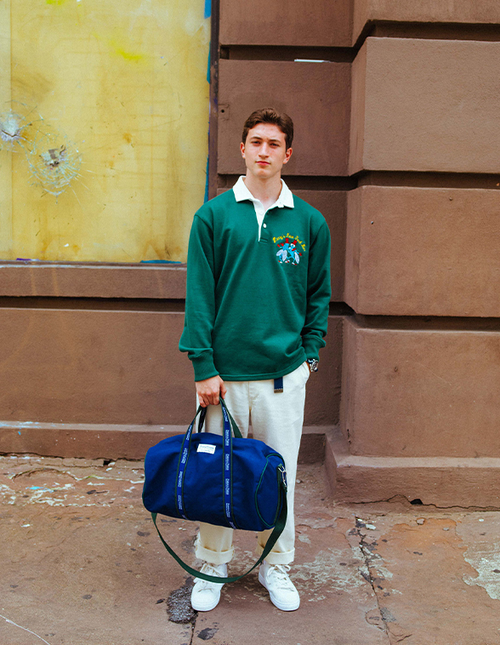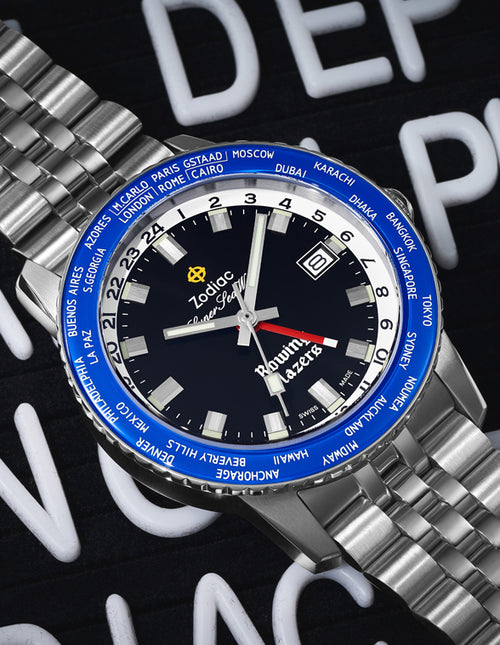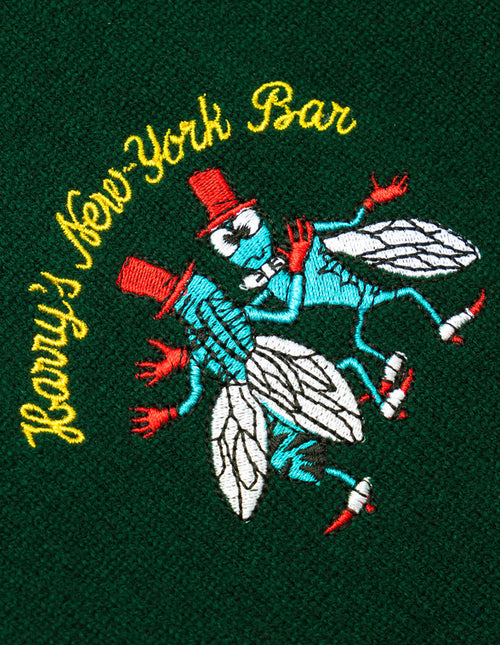-
FINAL SALE.
Men’s Royal Stewart tartan jacket featuring a 3-roll-2 silhouette, three patch pockets, and quarter-inch topstitch swelled seam finishing. Cut to the original 1852 blazer pattern. -
3-roll-2 silhouette. Three patch pockets. Unlined back. Self-lined fronts. Ventless. Rowing Blazers house buttons in gold brass. Single-button cuffs. 100% wool. Made in Portugal.
Care instructions: Dry clean only. -
-
Tartan — often referred to as “plaid” in North America — is a patterned cloth (historically woven wool) made up of intersecting horizontal and vertical bands of colored thread. Though its history reaches far and wide, tartans today are most closely associated with Scotland, where by the early eighteenth century distinct patterns (called “setts”) were adopted by specific regions throughout the country.
Originally, the colors used in a given tartan sett were dictated by the local availability of natural animal- and vegetable-based dyes, and were therefore closely related to the region in which the tartan was made. These natural dyes tended to produce more muted colors, and the resultant setts are now referred to as “ancient” tartans. Later, when synthetic dyes became more widely available in the mid-nineteenth century, colors became much darker and bolder, and unique setts began to be adopted by specific clans, families, and institutions. These tartans are commonly called “modern tartans”.
First published in 1831, the Royal Stewart Modern tartan is perhaps the most well-known tartan associated with the royal House of Stewart and is the personal tartan of Queen Elizabeth II. It’s worn officially by the pipers of the Royal Scots Black Watch, Royal Scots Dragoon Guards and the Scots Guards. Although in theory the tartan should never be worn without express permission from the Queen herself, it has become a “universal tartan” — one that can be adopted by anyone without a clan (or tartan) of their own. Over the years, it’s appeared on everything from shortbread biscuit tins to Jackie Stewart’s Formula One helmet, and in the late 1970s was adopted by punk fashion as an aesthetic anti-establishment protest.
{{ props.resultsCount }} recommended products for “{{ searchTerm }}”
See All
Suggested Searches:



